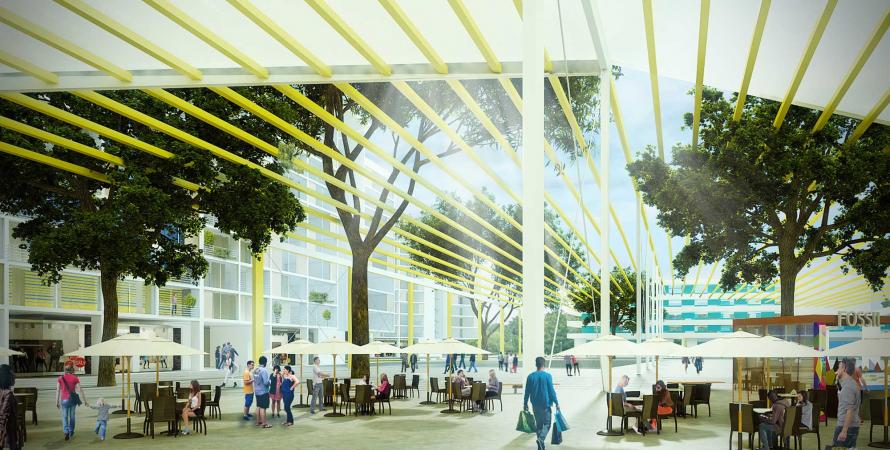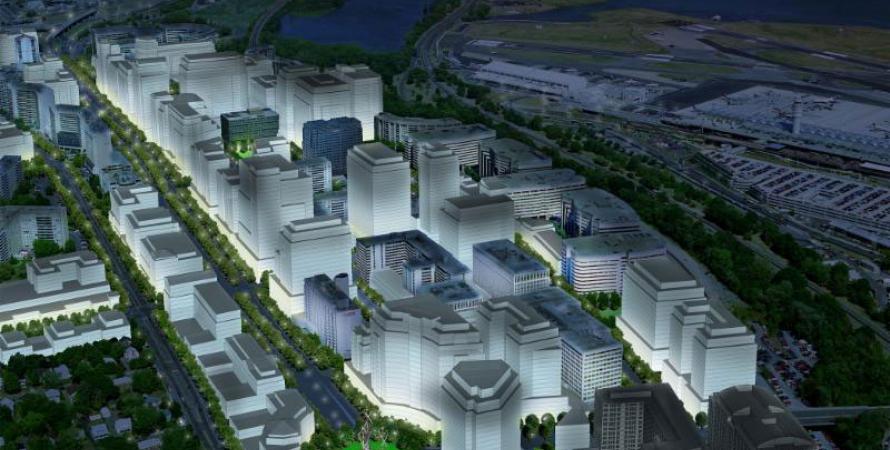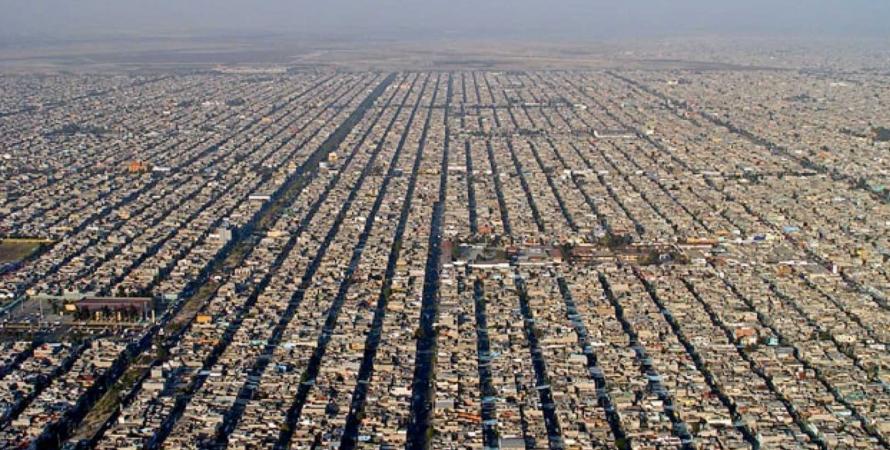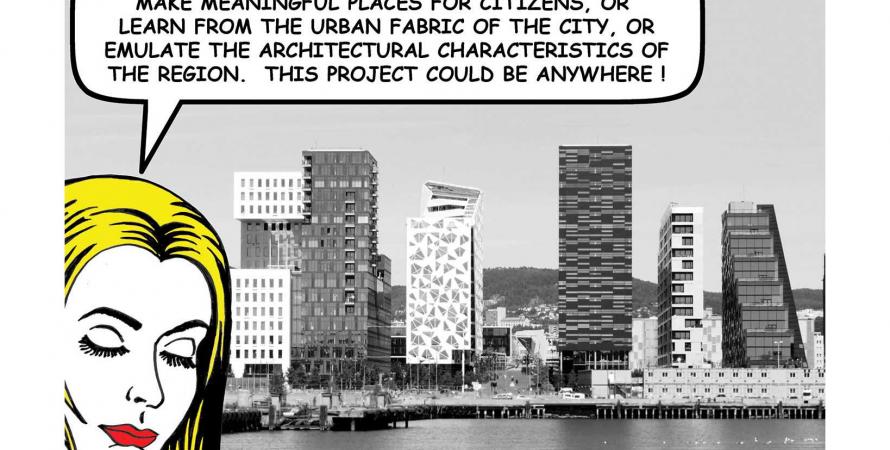-

Showcase your best work in the Charter Awards
The 19th annual awards will feature a new category, "Emerging Projects," in addition to all outstanding work that fulfills the goals of the Charter of the New Urbanism.In 2001, when not yet ten years old, CNU established the Charter Awards to encourage and demonstrate exemplary new urbanist projects. Knowing how difficult it was to realize the Charter’s principles on the ground through actual, built projects, we cast a wide net to recognize innovations in...Read more -

Amazon site is Charter Award winning plan
In Arlington, Virginia, a plan and code for Crystal City entitled the new development capacity that lured Amazon—and also calls for transformation to walkable urban.Amazon’s long-awaited second headquarters decision was announced on Tuesday, split between Crystal City in Arlington, Virginia, and Long Island City in Queens, New York. Amazon promises to bring 25,000 high-paying jobs to each location in the next 10 years. Both sites are expensive real estate,...Read more -

An international lens on sprawl
As cities around the world are enveloped in sprawl, its health and sustainability problems are going global.Note: This is Part 2 of a two-part series that was written for Doug Kelbaugh's upcoming book THE URBAN FIX: Resilient Cities in the War against Climate Change, Heat Islands and Overpopulation, due out in April of 2019. Here's the link to Part 1 . According to MIT’s Center for Advanced Urbanism, “...Read more -

CNU should engage with European urbanists
For all its beautiful urbanism and high-quality transit, which America should emulate, Europe is behind the US in the understanding of charrettes, developers-as-town-founders, form-based coding, the Transect, and other new urban ideas.Members of the Congress for the New Urbanism (CNU) look to traditional European towns and cities for inspiration, enticed by their exemplary public spaces, and walkable mixed-use neighborhoods. The iconic drawing by Léon Krier, Res Publica / Res Economica , is legendary for its direct explanation...Read more